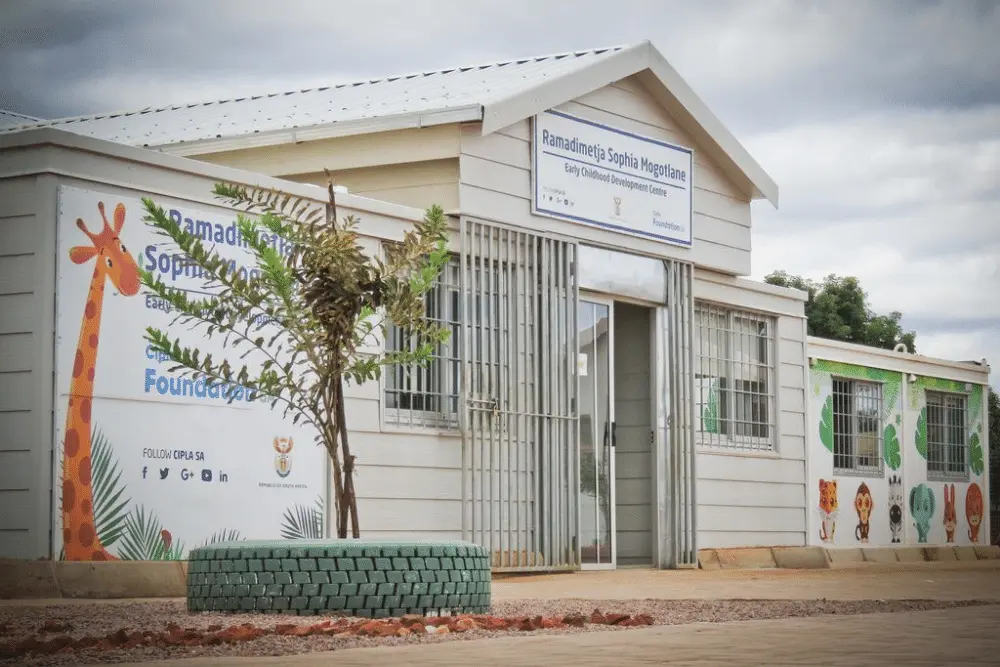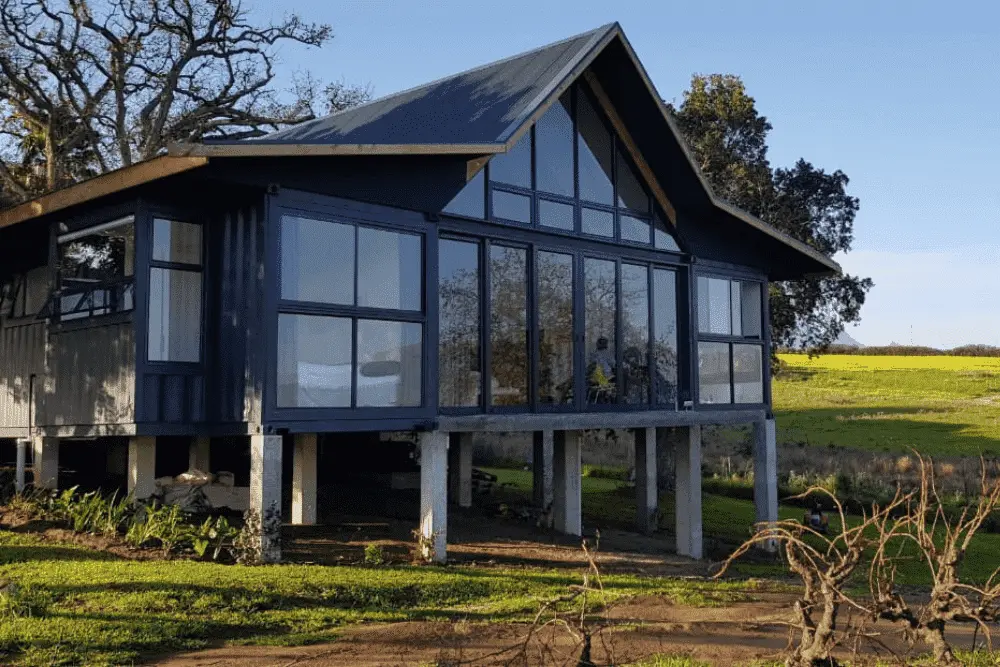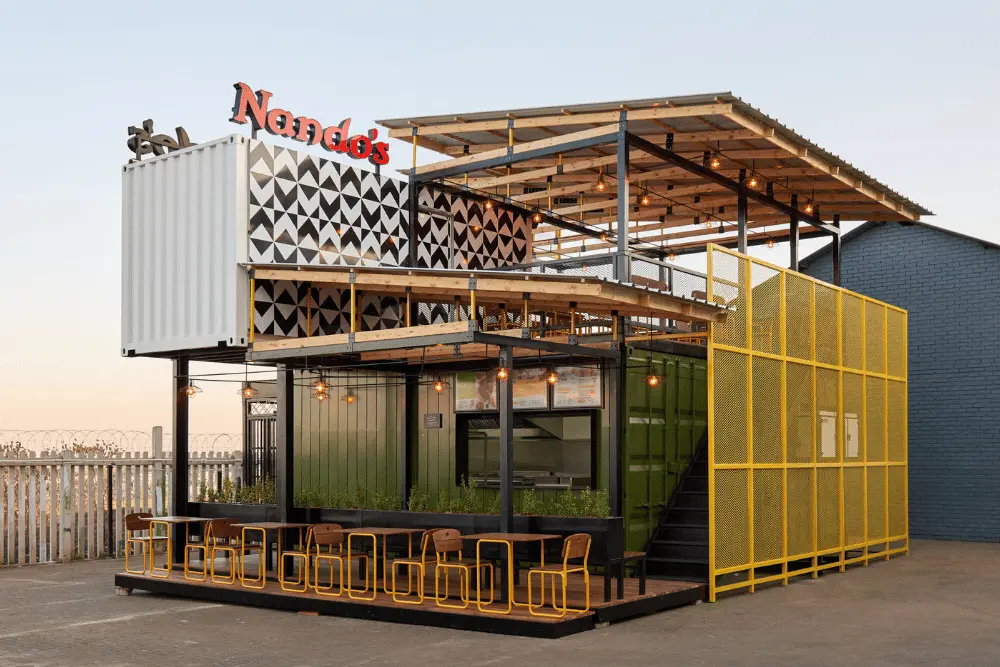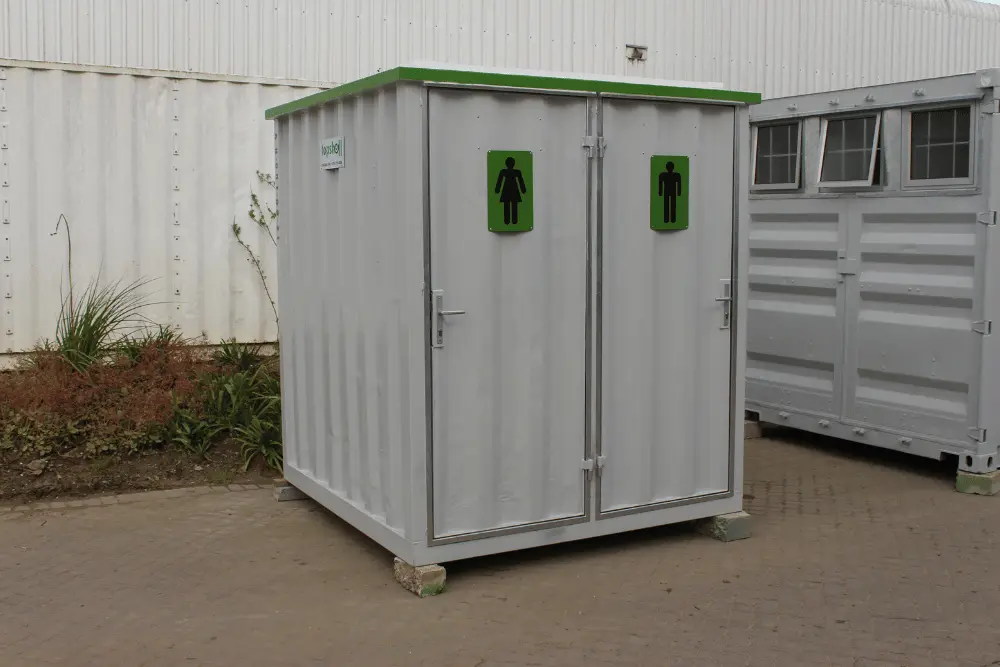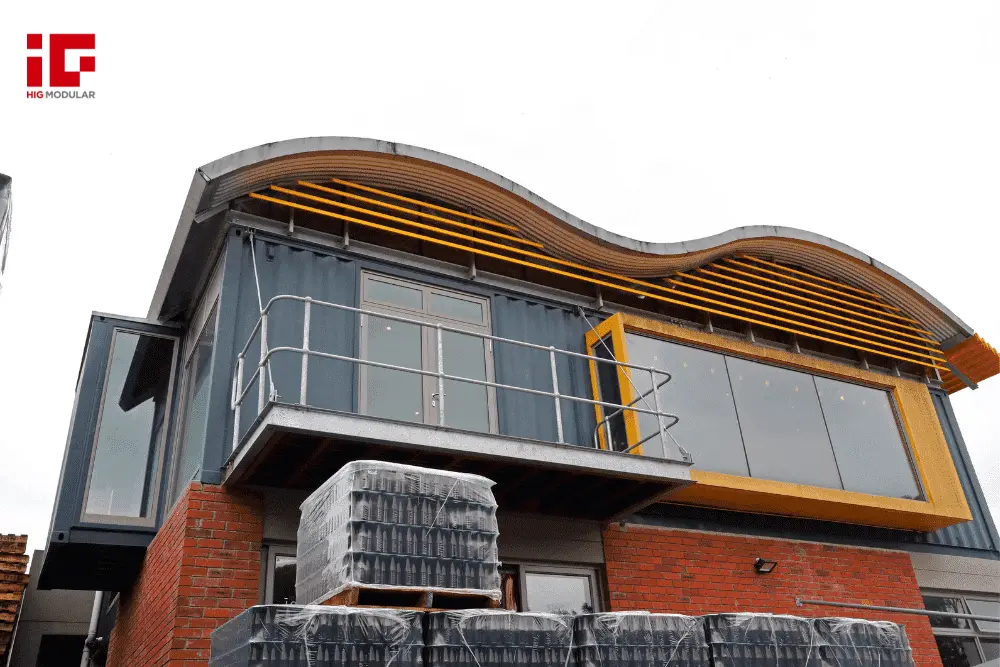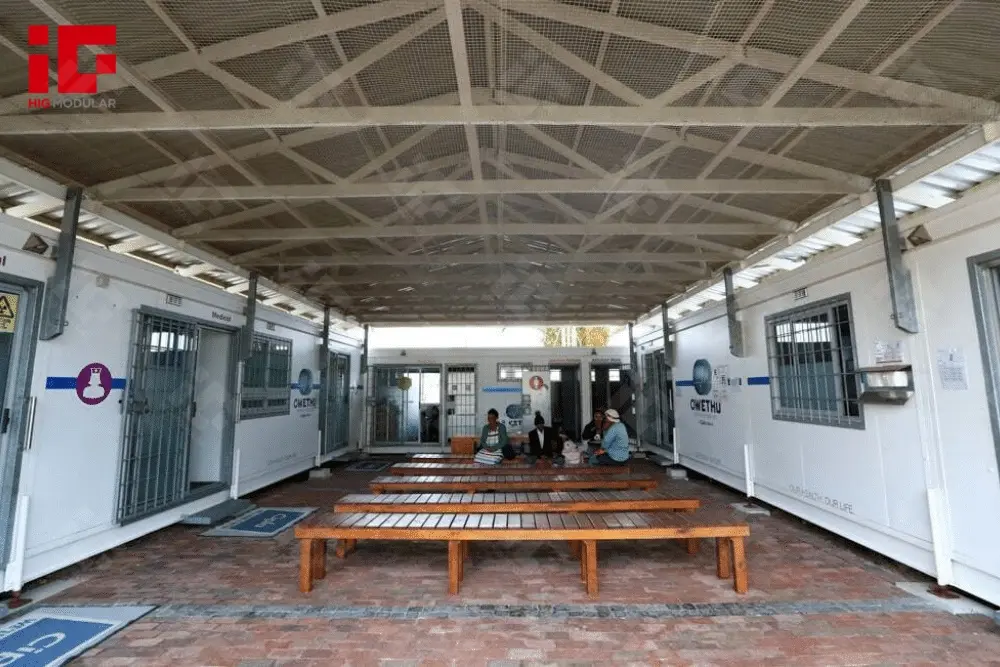News Categories
Featured News
0102030405
Detachable Container Houses Address Student Housing Crises in Disaster-Affected and Remote Regions
2025-08-18
In early 2024, a 6.2-magnitude earthquake hit a rural mountainous district in South Asia, reducing a local secondary school to ruins. Once home to 180 boarding students from nearby villages, the school’s concrete classrooms and dormitories crumbled into debris. With the monsoon season fast approaching, education authorities faced an urgent dilemma: find safe shelter for students before the new school year, or let widespread dropouts—especially among vulnerable groups—derail their education.

Detachable Container Houses (DCHs) solved this crisis. A team of locally trained workers assembled 12 DCH dormitories on the school’s undamaged playground in just six weeks. Today, 160 students live in these structures, and the final unit will soon welcome the remaining 20. Funded by international education initiatives, the project cost 35% less than rebuilding traditional concrete dormitories and finished three months ahead of schedule. For communities in disaster-prone or resource-scarce areas, DCHs are more than temporary shelters—they offer a practical, fair solution to the long-standing struggle of providing safe, affordable student housing.
Speed and Affordability: Breaking Barriers to Education Access
DCHs’ rapid assembly stands out as one of their most impactful advantages—critical in post-disaster settings where delays can derail education. Unlike traditional dormitories, which demand months of site prep, on-site material cutting, and skilled labor for tasks like concrete curing, DCHs use prefabricated components that arrive ready to install. Standardized parts—pre-cut steel frames, pre-sized sandwich panels, and pre-hung doors—are lightweight and stackable, making them easy to transport to remote, earthquake-damaged areas even with limited local infrastructure.

For the South Asian school project, workers unloaded components first, then erected the main steel frames within the first week. By the fourth week, walls, roofs, and basic fixtures were in place—no waiting for concrete to set or bricks to be made locally. This speed tackles a major risk in disaster zones: students stuck in temporary tents often face rain, cold, or heat exposure, leading to health issues and higher dropout rates. DCHs fix this by delivering weatherproof shelter in a fraction of the time needed for traditional builds.
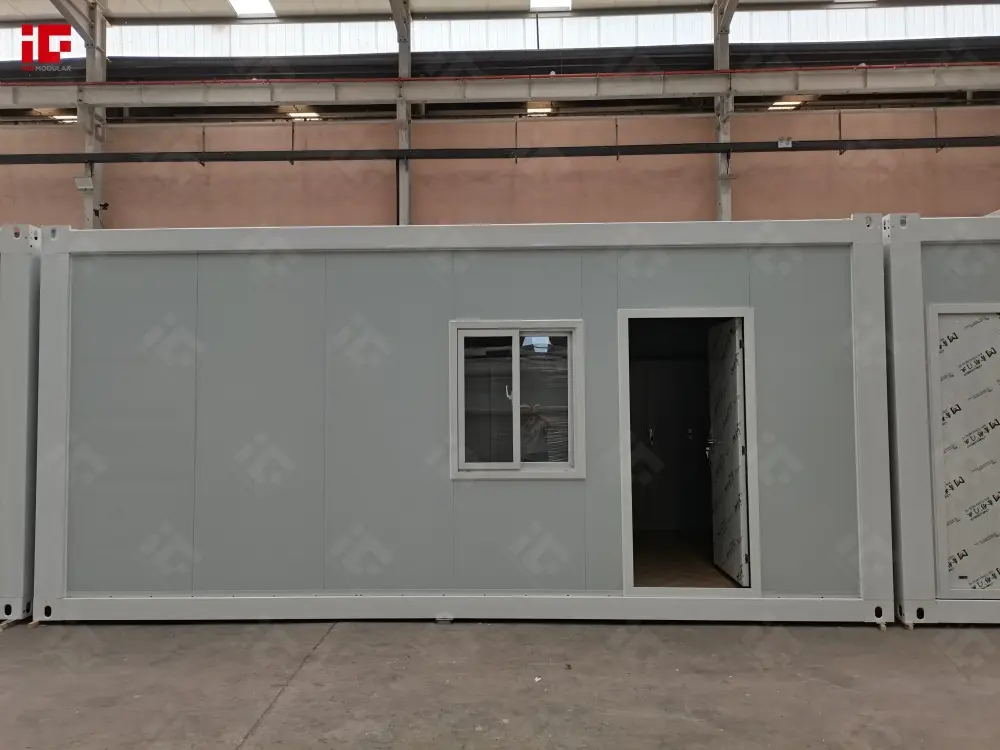
Affordability further strengthens DCHs’ role in expanding education access. Traditional concrete dormitories in the region cost around $15,000 per unit (housing 12 students), but the earthquake-hit school’s DCHs came in at $9,700 per unit—a 35% reduction. Savings come from multiple sources: fewer workers are needed (since components are prefabricated), material waste drops (parts are cut to exact specs at factories), and transportation costs fall (stackable components cut down on trips). For organizations with tight budgets, these savings mean more dormitories can be built with the same funds—extending housing access to more students in need.

In a remote East African region, a 2023 project used $500,000 to build 52 DCH dormitories, enough for 624 students. The same budget would have only funded 34 traditional concrete dormitories, leaving nearly 300 students without on-campus housing. This gap explains why DCHs are becoming a go-to solution for educational inequity in low-resource areas.
Safety Engineering: Protecting Students in High-Risk Zones
Critics often question container housing’s durability, but modern DCHs are engineered to meet strict safety standards—making them ideal for students, especially in high-risk regions. Take the DCH model used in the South Asian earthquake zone: its main steel frame (top beams, bottom beams, and columns) has a 2.3mm powder coating to resist rust and corrosion, while customized galvanized steel corner connectors keep the structure rigid during high winds. Most importantly, it boasts an 8-level seismic resistance rating (able to withstand strong quakes) and a 0.6KN/㎡ wind resistance capacity—essential protections in an area prone to earthquakes and monsoon storms.
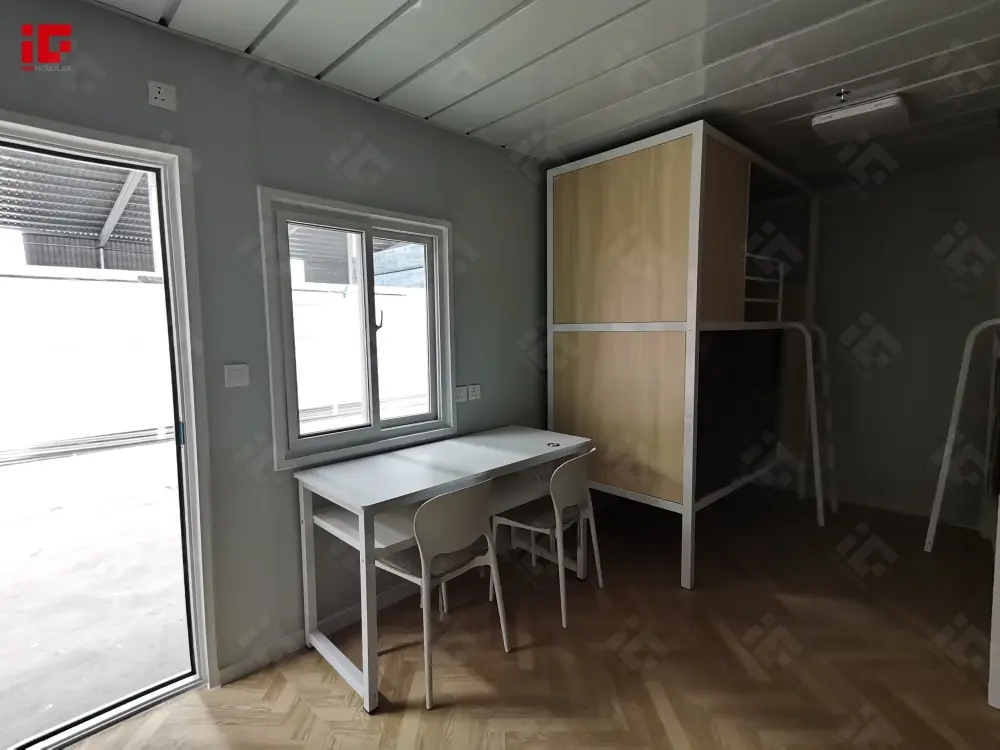
Fire safety is another non-negotiable feature. The South Asian school’s DCHs use Class A fire-retardant materials, including 50mm-thick double-steel sandwich panels filled with 80kg/m³ rock wool. Rock wool is non-combustible, so it stops fires from spreading while insulating the dormitories—keeping them cool in summer and warm in winter. This addresses a major hazard of traditional dormitories, where makeshift heating or lighting (like candles or small kerosene heaters) raises fire risk. DCHs eliminate this threat with purpose-built, fire-safe materials.
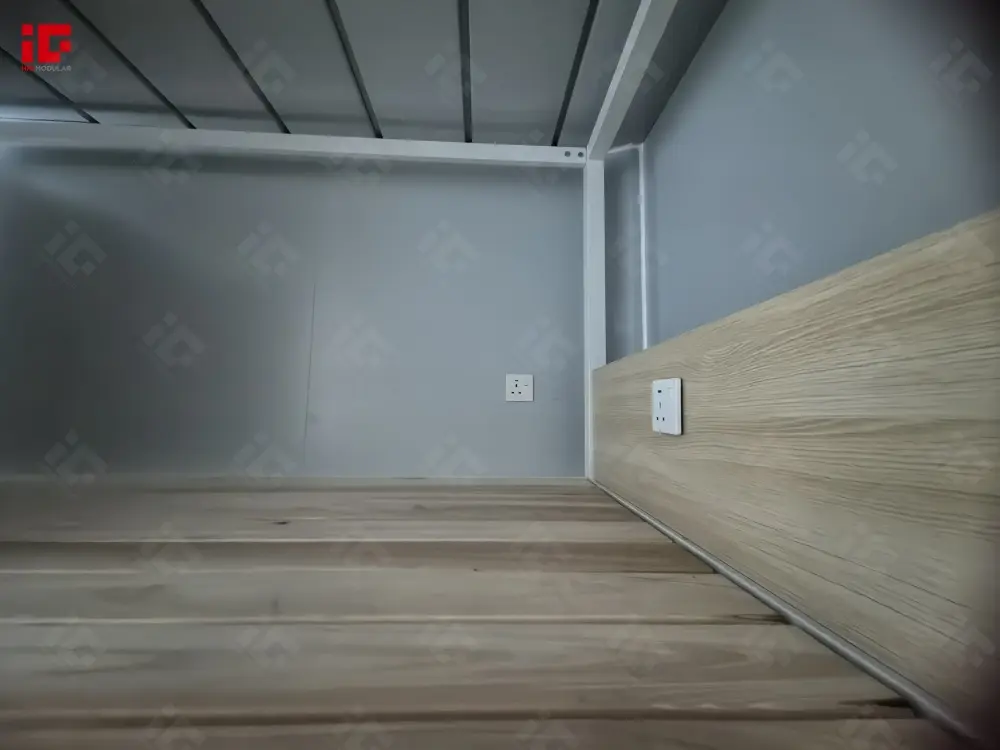
Even small design details prioritize student safety. DCHs have aluminum-framed, double-glazed windows fitted with anti-theft railings and mesh layers—preventing break-ins while letting natural light brighten rooms. Floors use 18mm-thick FC boards, which are water-resistant and easy to clean, reducing mold growth and slip risks from wet surfaces. These features create a secure environment that supports both physical safety and student well-being.
Beyond Emergency Use: Long-Term Viability for Remote Communities
While DCHs excel at disaster recovery, they also work as permanent housing in remote areas where traditional construction is logistically or financially impossible. DCH steel frames last 25–30 years, and components like color-steel roof tiles and galvanized secondary beams need minimal maintenance. At the South Asian school, no repairs were needed in the first year—roof tiles stayed leak-proof, doors closed tightly, and walls showed no wear, proving long-term durability.
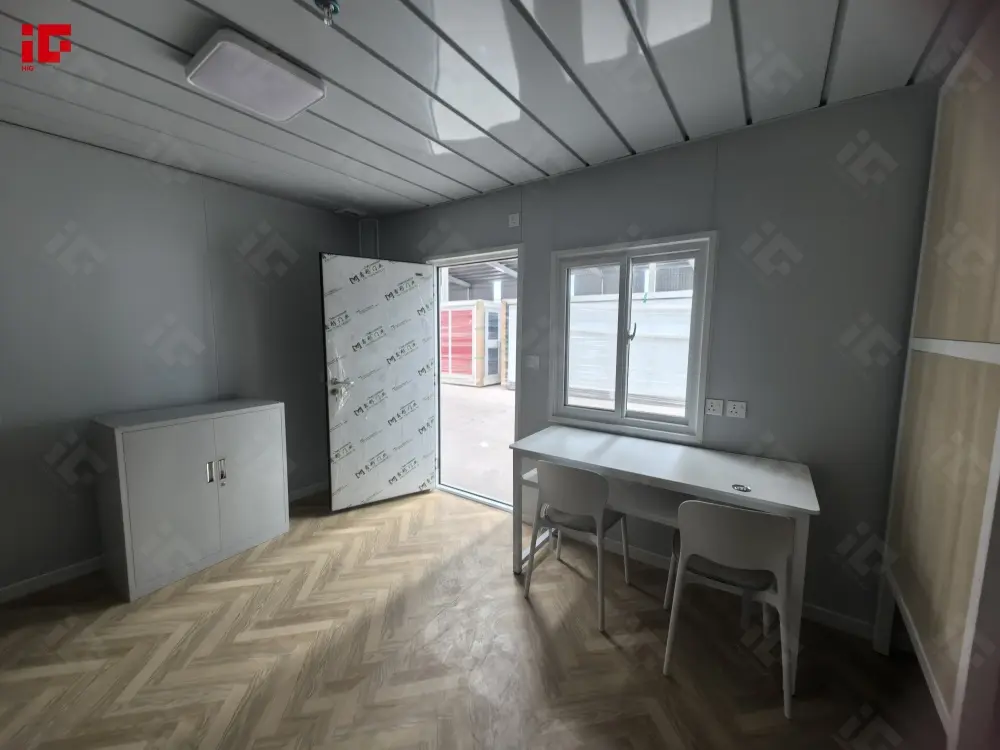
DCHs also offer flexibility for future upgrades. Many models include optional features like 1.6mm-thick PVC flooring (complete with glue and sealing lines) and wiring kits (switches, lights, and sockets) that can be added as resources become available. The South Asian school plans to install wiring kits soon, giving each dorm room lighting and power outlets—letting students study after dark and use educational devices. This adaptability ensures DCHs grow with a school’s needs, instead of becoming obsolete as requirements change.
The impact on educational equity is clear. Before the earthquake, the South Asian school had a 60% boarding enrollment rate—many families couldn’t afford or access safe housing. After installing DCHs, enrollment jumped to 92%, as more families gained access to affordable, secure on-campus accommodation. This trend holds across regions: DCHs reduce education barriers by making boarding accessible, which is critical for students living far from school or in areas with limited transport.
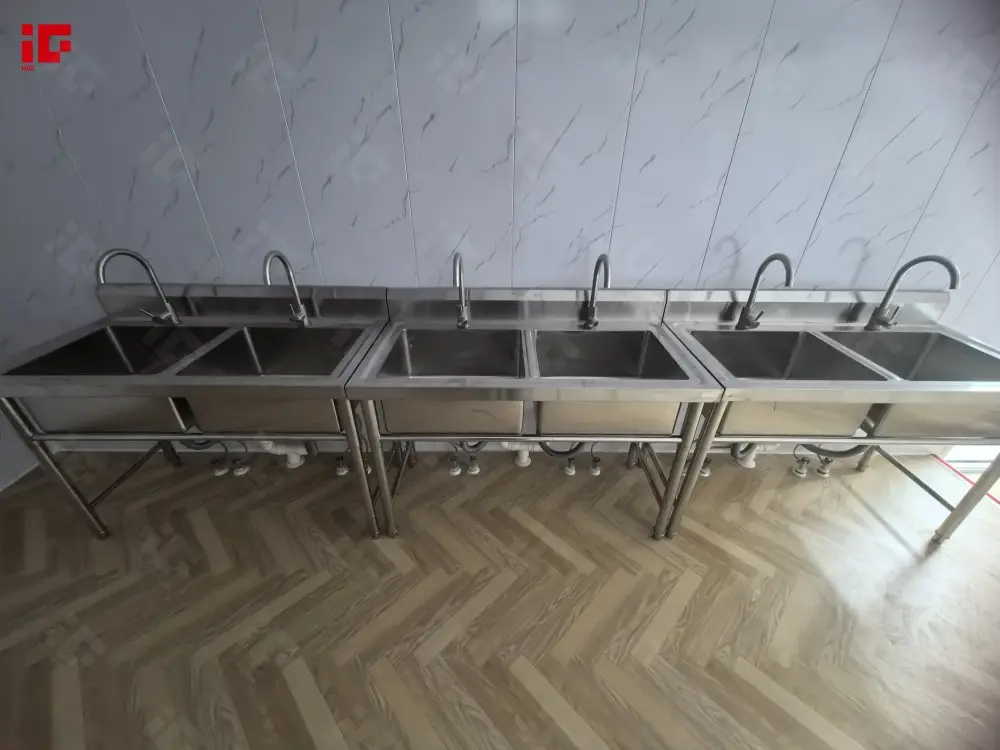
As climate change boosts natural disaster frequency and global educational inequities persist, DCHs emerge as a scalable, cost-effective solution. They prove safe, accessible student housing doesn’t need to be slow, expensive, or short-lived. For students in disaster-affected and remote regions, DCHs are more than dormitories—they’re a lifeline to uninterrupted education and a path to broader opportunities.


